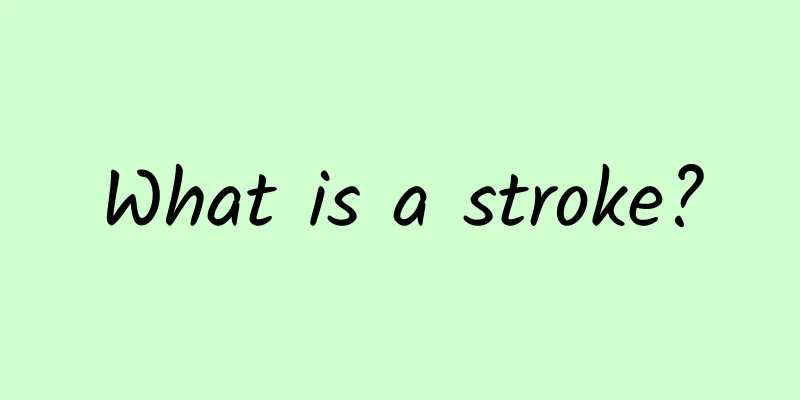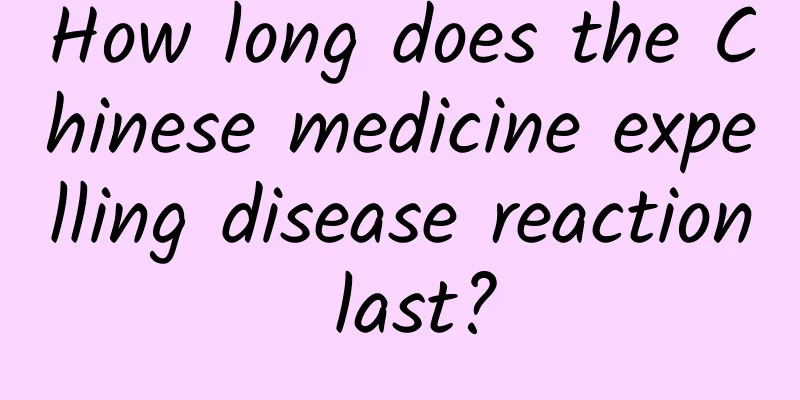What is a stroke?

|
Stroke is a very common disease in our lives. This disease mainly occurs in some middle-aged and elderly people. Because their physical functions are gradually declining, their immune mechanism may be reduced. Some friends still don’t know what a stroke is because they have never understood it. It is necessary to have some understanding of the disease. Today I will talk to you about what stroke is. The scary thing about stroke is that it can cause paralysis of the patient's limbs, which has a great impact on normal life. Some patients may also be affected in their language ability. We should know more about such diseases so that we can better prevent them. Stroke is also called cerebral infarction. There are two types of stroke: ischemic stroke and hemorrhagic stroke. Stroke is a general term for acute cerebrovascular disease in traditional Chinese medicine. It is a type of disease with sudden fainting, unconsciousness, accompanied by crooked mouth, slurred speech and hemiplegia as the main symptoms. Due to the high incidence, mortality, disability, recurrence and complications of this disease, the medical community lists it as one of the three major diseases that threaten human health, along with coronary heart disease and cancer. The importance of stroke prevention has attracted the attention of the medical community at home and abroad, and medical scientists are exploring stroke prevention measures from various aspects. "Zhong" means to hit, and also means to be hit by arrows and stones; "feng" is easy to move and change, and also like a sudden storm. The ancients linked the symptoms of such diseases with the natural phenomena they observed, and named the diseases metaphorically, and thus stroke got its name. Stroke poses a great threat to human health and life, brings great pain to patients, and places a heavy burden on families and society. Therefore, it is imperative to fully recognize the severity of stroke, improve the level of treatment and prevention of stroke, and reduce the incidence, disability and mortality of stroke. Type of disease Ischemic stroke It accounts for approximately 80% of all strokes. It refers to the softening and necrosis of local brain tissue due to blood circulation disorders, ischemia and hypoxia. It is mainly caused by atherosclerosis and thrombosis in the arteries supplying blood to the brain, which causes narrowing or even occlusion of the lumen, leading to focal acute cerebral ischemia. It can also be caused by abnormal objects (solid, liquid, gas) entering the cerebral arteries or the neck arteries supplying cerebral blood circulation through the blood circulation, causing blood flow blockage or a sudden decrease in blood flow, resulting in softening and necrosis of brain tissue in the corresponding area. The former is called arteriosclerotic thrombotic cerebral infarction, and the latter is called cerebral embolism. Hemorrhagic stroke Hemorrhagic stroke is divided into two subtypes: intracranial hemorrhage (ICH) and subarachnoid hemorrhage (SAH). The amount of bleeding determines the severity of the stroke. The mortality rate of hemorrhagic stroke is much higher than that of ischemic stroke. Hemorrhagic stroke is related to a sudden increase in blood pressure. Under long-term hypertension, the hardened small arteries in the brain are impacted by high-pressure blood flow, causing many tiny aneurysms. The blood vessel walls there are very weak. If the blood pressure suddenly rises (such as exerting force or being emotional), they are prone to rupture and bleed. In addition, the hardened arteries lose their elasticity and have poor ability to close and stop bleeding, so cerebral hemorrhage occurs, most commonly in the deep brain (internal capsule hemorrhage), followed by pons hemorrhage, cerebellar hemorrhage, etc. The above is an introduction to what stroke is. I believe that after reading it, you will have a better understanding of stroke. In fact, stroke can be prevented very well in life. What stroke needs is timely treatment, because only in this way can the treatment effect be better. |
<<: What to do if you have asthma
>>: What is cerebral infarction?
Recommend
How to get rid of bad temper?
A person's temper has a great impact on his l...
How to reduce redness on the skin
In life, if you are often exposed to wind or the ...
How to regulate a bad stomach? An old Chinese doctor teaches you how to regulate
The stomach is an important organ for the human b...
Can Eucommia ulmoides be used to make wine?
Eucommia ulmoides is a very precious Chinese medi...
How to make salted egg glutinous rice
Salted egg glutinous rice is also a common way to...
What to do if you sweat while using sunscreen
In summer, many friends actually use sunscreen be...
Hereditary gray hair, the most effective way to prevent it
Many people have a head full of white hair at a y...
Common symptoms of stomach pain revealed
Stomach pain is mainly caused by stomach diseases...
What is the cause of the lump under the armpit?
A lump may appear under the armpit inadvertently....
What is the best medicine for rheumatism?
Rheumatoid arthritis should be treated with medic...
What are the benefits of eating Cordyceps for women?
Cordyceps has a very good health-care effect and ...
What are the benefits of drinking mugwort water during menstruation?
Female friends will have menstruation every month...
Dark brown stuff coming out from below
Brown secretions are mainly caused by a little bi...
What are the early symptoms of herpes?
Genital herpes cannot be delayed, if the conditio...
Traditional Chinese medicine health care emphasizes 7 "timely" principles to stay healthy throughout life
Chinese medicine has always been extensive and pr...









